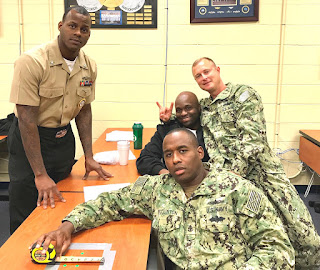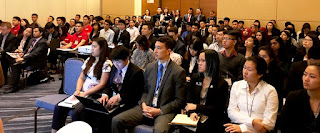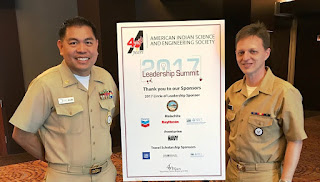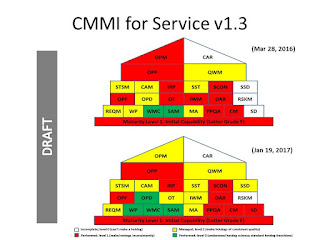Everyone Likes to Win!

With our most recent round of Green Belt training, I've now trained 965 students in the principles of lean six sigma.
The command emphasis on lean six sigma has shifted and now focuses on a simplified approach that centers around Lean Kata.
I've also switched roles which means I do a lot less training nowadays. I'm not sure if I'll ever get a chance to reach the 1,000 lean six sigma student milestone.
However, one thing has been constant. Regardless of the composition of the students, regardless of the simulation used, and regardless of the setting --- everyone like to win.
Something about a team-based problem solving simulation is very intrisinically motivating, especially when coupled with competition.
If I could bottle this level of motivation and bring it back to the job site, process improvement would explode.
The winning crew from the most recent course is pictured here. Although they didn't break any world records, they did a nice job of elim



